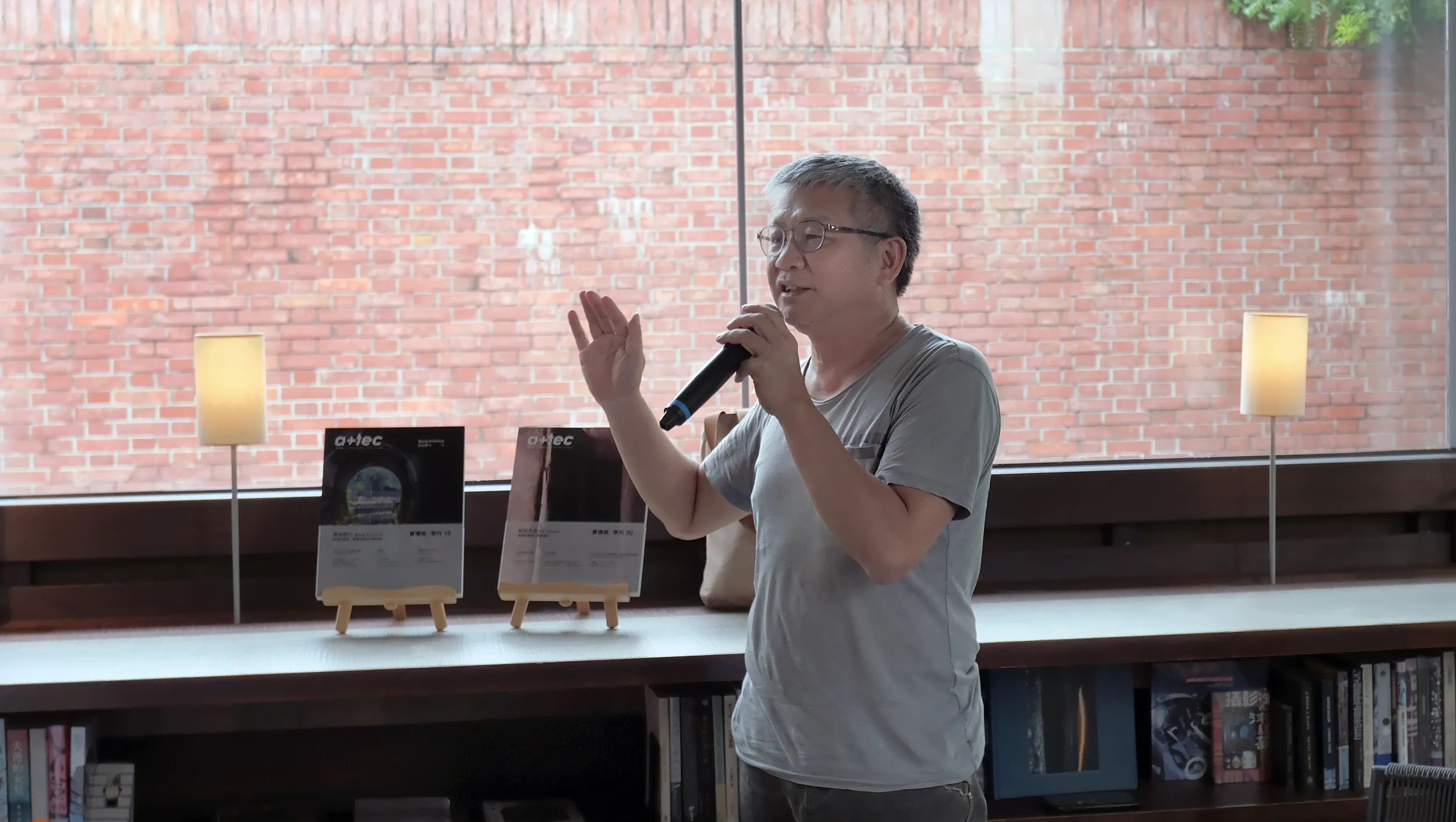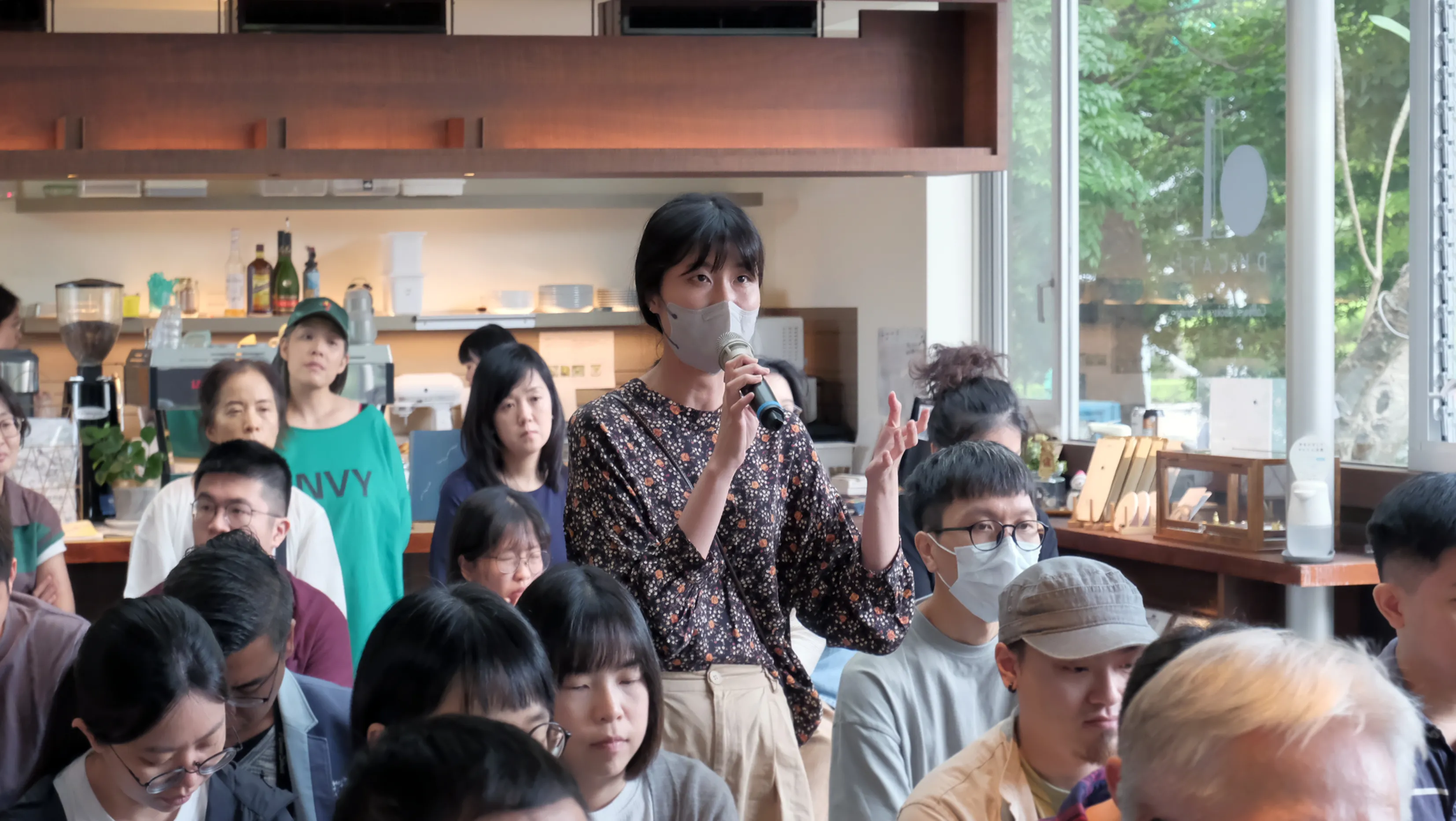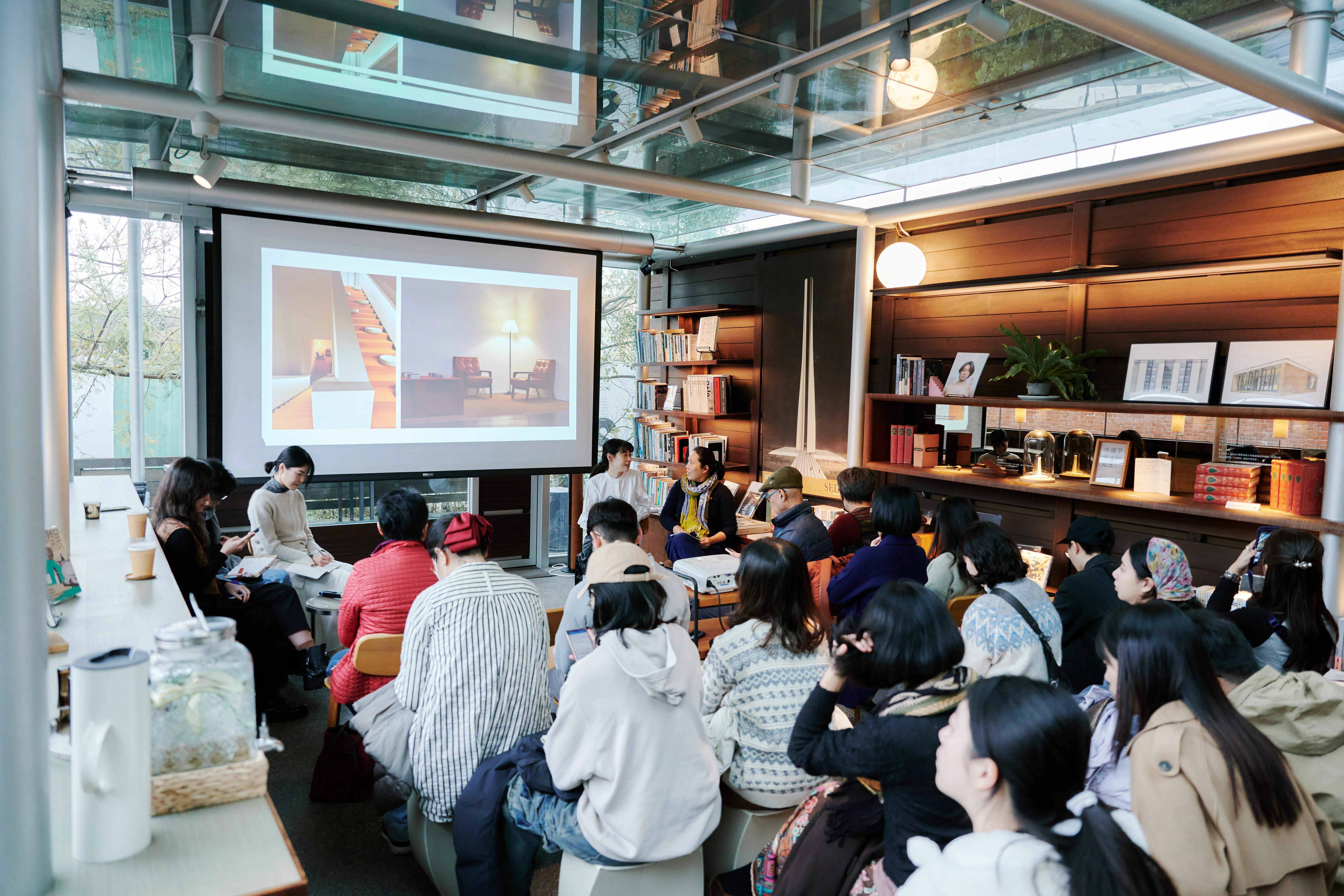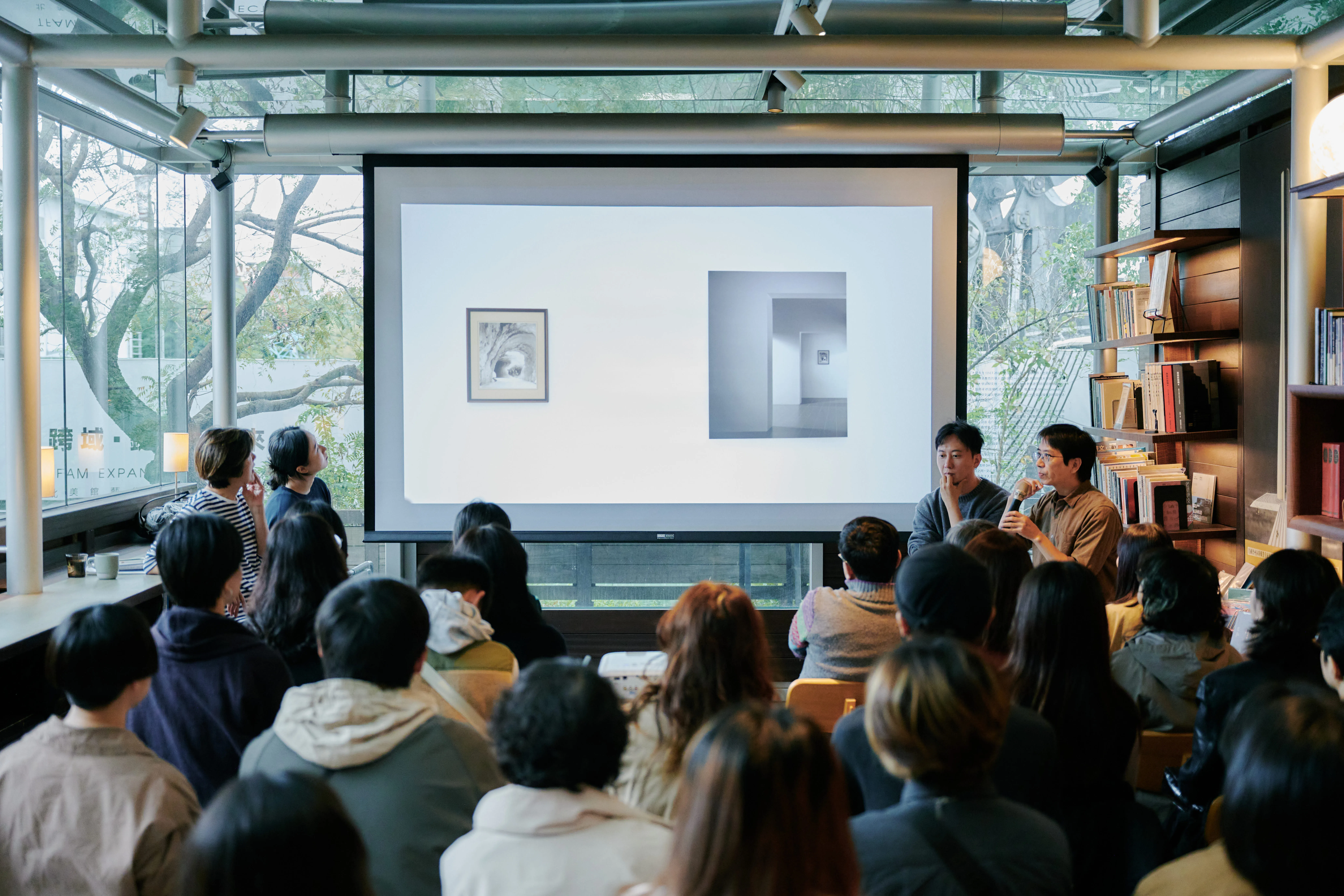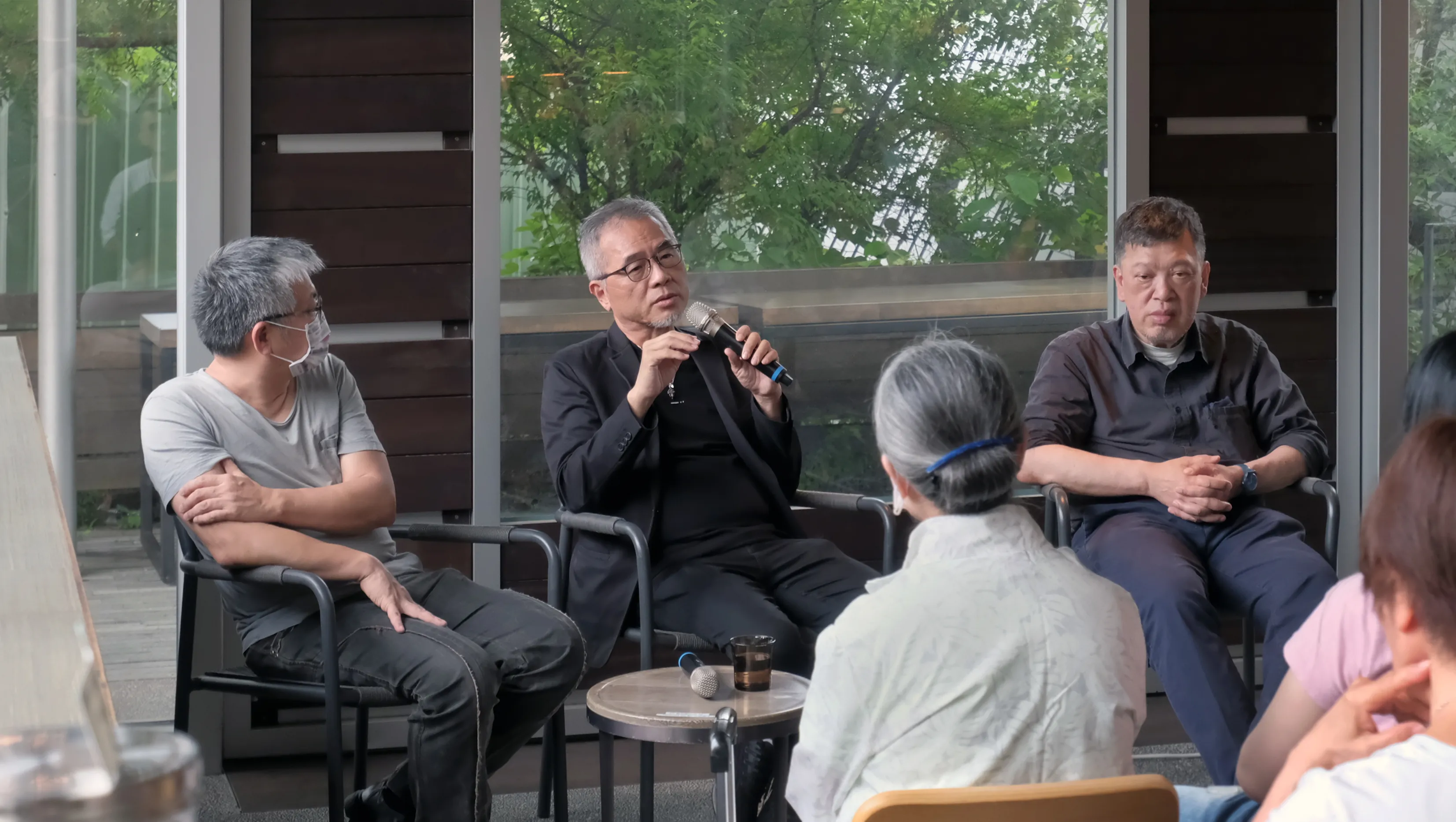
Chimera Architecture Salon | Session 1 | The Evolution of Postwar Taiwan Architecture
Speakers
KWANG-TING, WANG JUNHSIUNG, WANG TSEN-WING RESEARCH PLANNING TEAM “MODERN LIFE: TAIWANESE ARCHITECTURE 1949—1983”
Guest
Chun-Ming Huang, President, Taiwan Society of Modern Architecture
locations
Wang Daishui Shuxuan (No. 153, Section 3, Zhongshan North Road, Zhongshan District, Taipei City)
fees
$150 (Paid upon arrival, drinks and snacks are available on site)
Event Content
“Modern Life: Taiwan Architecture 1949—1983” examines the issues and cultural factors that influenced the context of architectural development in Taiwan between 1949 and 1983. The exhibition reveals the new transformations that Taiwan faced after the end of World War II. From the migration of the national government to Taiwan, the era of beauty and dignity, and the modern era, Taiwan's culture of life gradually moved out of the shadow of political ideology and into the modern era of freedom of living, while opening a door to the imagination of “freedom”.。 WHILE EXPLORING AND LONGING FOR MODERNITY, ARCHITECTURE BECOMES A WINDOW INTO THE CULTURAL CHANGES OF POST-WAR LIFE IN TAIWAN. The existence of the building entity also imprints the authenticity of the life cultural event, and thus the building becomes a tangible cultural form of interaction with the life cultural event.
A “new factor” was added at each stage of postwar development, not completely overturning the old rules, but instead closely aligned with the old ones. The first Salon will provide a more comprehensive discussion of the prelude to the exhibition: inviting Huang Junming, Director of the Taiwan Institute of Modern Architecture, from the point of view of architecture and art history, to look at the period in which there was not much ink in the exhibition, to discuss the architectural talent, technology, techniques, architectural knowledge, regulations, etc. Concatenate the two pre-war and post-war eras to lead the audience to understand the continuity of all kinds of building factors.
Event Review
In response to the exhibition “Modern Life: Taiwan Architecture 1949—1983” at the Taipei City Museum of Art, the Chimera Building Salon, hopes to supplement the conceptual views expressed in the exhibition with a lecture that is less accurately expressed in the exhibition, regarding this important period in determining our contemporary way of life from the war to the 1980s. Line Examination. For the first time, President of Taiwan Institute of Modern Architecture Huang Junming was invited to speak with the three curators Wu Kwang-Ting, Wang Jun-Hung, and Wang Tse-wing.
The exhibition uses architecture as a reference to how life derives from it as the times change. Architecture is a two-sided relationship with life, and more importantly, it is related to the rest of the general public. In the conversation, Huang Junming, using the example of Fengshan District Meat Market by architect Chen Yan Wo, pointed out that industrial architecture is a form of architecture that understands the real life of today. After all, many architectural performances are influenced by economic and industrial development. Because people's thinking and lifestyles are changing, cities will change with them. The curator said that the so-called “modern life” is in fact dynamic, symbolizing the state of people's continuous pursuit of modernity. The theme uses the term “modern”, which is very often used, and is the desire to emphasize a bright and vibrant life situation other than rational, strict modernism.
A GREAT CITY CAN ACCOMMODATE DIFFERENT CULTURES, VALUES, INCOMES, TASTES, AND A DIVERSE AND MIXED STATE IS MORE SUITABLE FOR LIVING THAN AN IDEALLY PLANNED CITY. The heterogeneous state of unequal gathering of different personalities is a reflection of the current situation in Taiwan. As we explore the characteristics and meaning of the era through architecture, we can extend the discussion to the public's imagination of life. In order to further promote the architectural culture, the Ministry of Culture has also recently announced that the architecture industry's long-awaited Museum of Taiwan Architecture will be located in Building No. 20, Section 20 of the National Taiwan Museum Railway in 2026. With the aim of “Exhibitions First, Research Open”, we hope to remember the architectural context of Taiwan.


